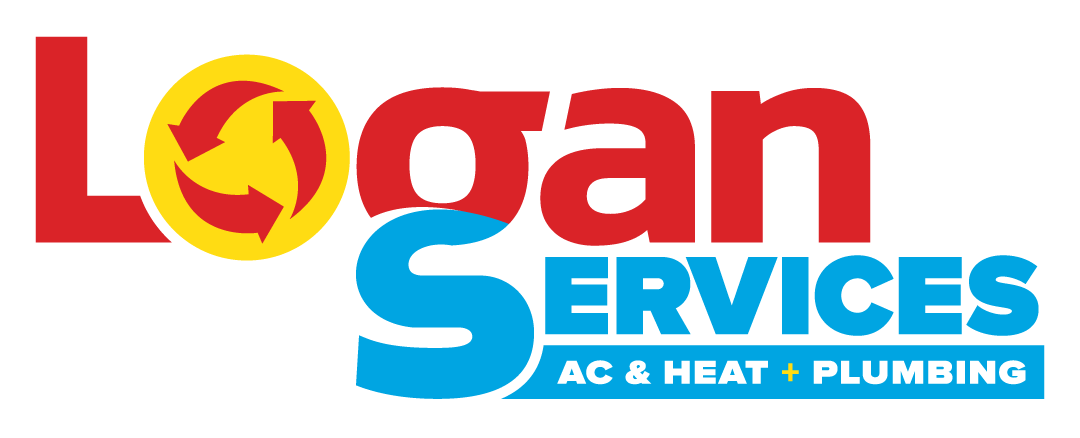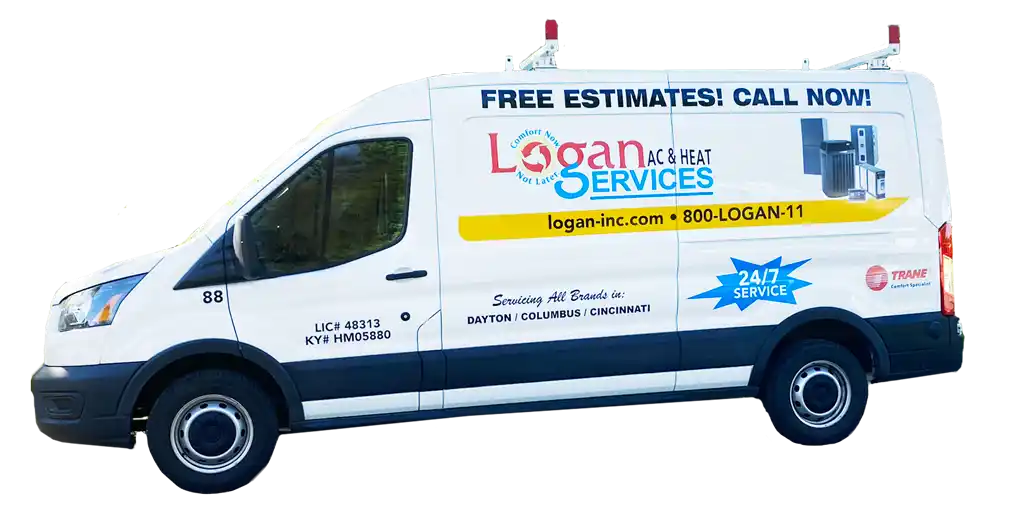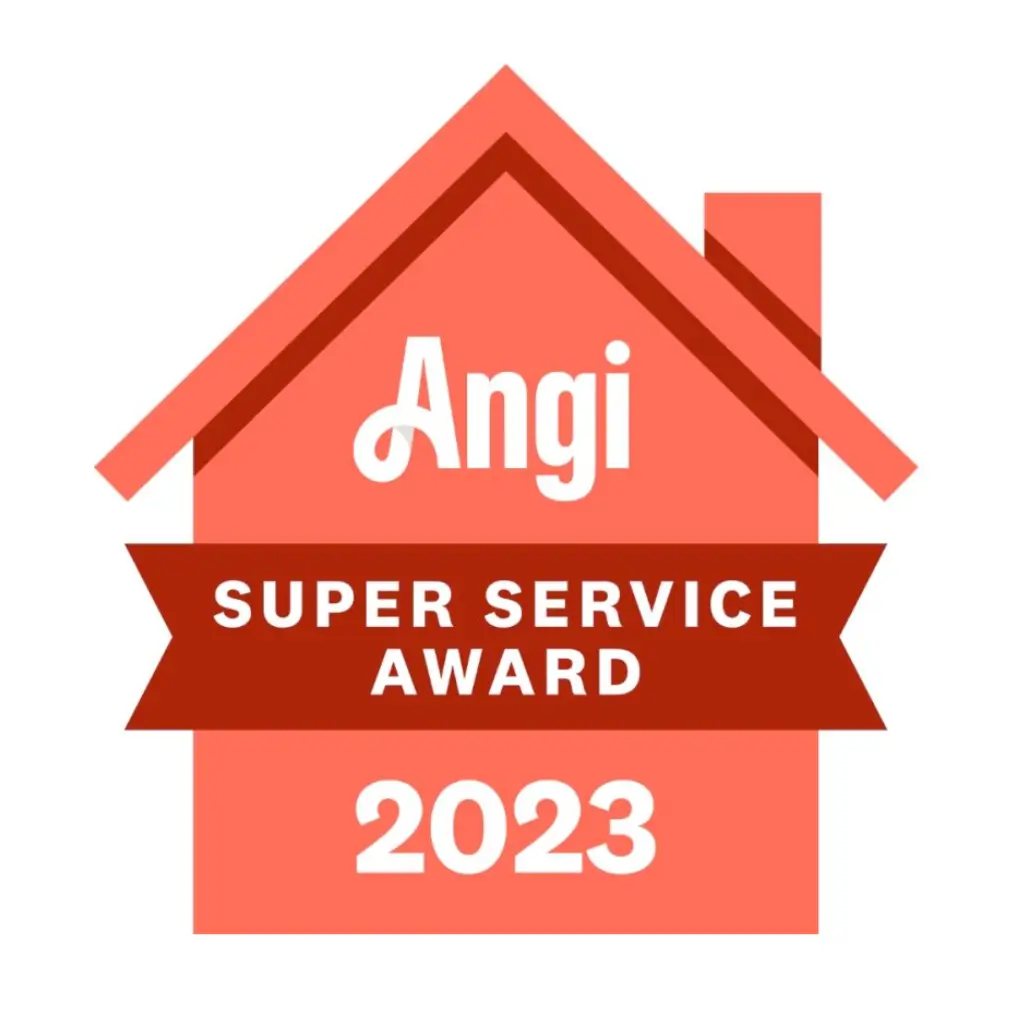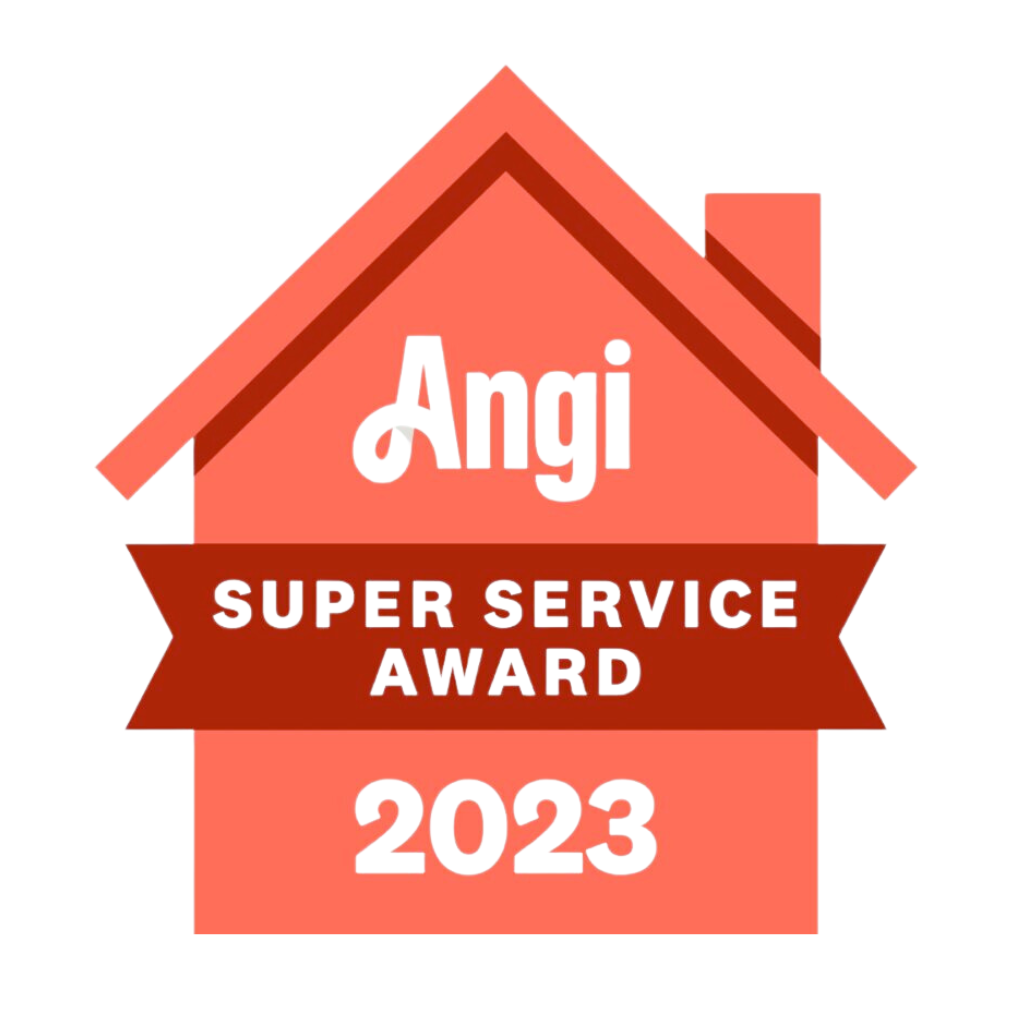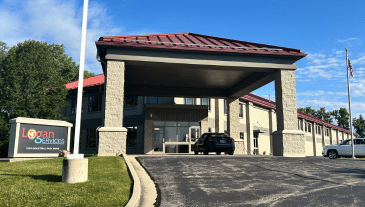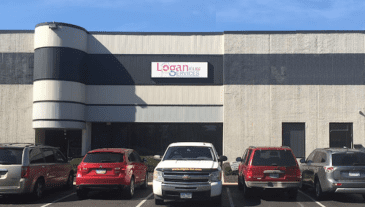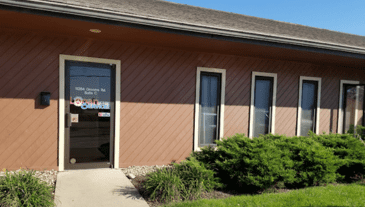Heat pumps are an energy-efficient heating and cooling solution that can help reduce your energy bills. With proper installation, they can provide years of reliable temperature control. While it’s possible to install a heat pump yourself, the process is best left to qualified professionals. This guide will walk through the likely steps that a professional will follow for heat pump installation. NOTE: We do not recommend DIY heat pump installation, due to the many risks and challenges involved when the system is not installed correctly.
What is a Heat Pump?
A heat pump works by transferring heat between your home and the outside air. It consists of an outdoor unit that houses the compressor and exchanger, as well as an indoor unit with a fan and exchanger. The refrigerant circulates between these units, absorbing or releasing heat to provide heating or cooling.
During winter, the heat pump absorbs heat from the outside air and releases it indoors. In summer, it does the reverse – taking heat from inside and discharging it outdoors. Heat pumps are much more efficient than furnaces because they simply move heat rather than generate it through combustion.
Materials Needed for Installation
Installing a heat pump system may require the following main components and tools:
- Outdoor unit – Contains compressor, fan, exchanger coil and casing
- Indoor unit – Contains exchanger coil, fan, and temperature controls
- Refrigerant pipes – Copper tubing to connect the indoor and outdoor units
- Electrical wires – For providing power to the units
- Leveling pad and feet for outdoor unit – To place the exterior unit on
- Mounting hardware – Brackets, screws, and anchors to secure the units if needed
- Refrigerant – Type specified by the manufacturer (R410A, R32, R454b)
- Vacuum pump – To evacuate air from refrigerant lines
- Pipe cutters – For cutting and deburring the pipes
- Drill
- Wire cutters and strippers
- Voltmeter
- Tape measure
- Wrenches
- Leak detector
- Safety gear – Gloves, goggles, hard hat
Ideal Location for the Heat Pump
The outdoor unit should be located in an open area with good air circulation, sunlight exposure and ventilation. Avoid placing it near bushes, alcoves or other structures that can obstruct airflow. If possible, face the unit away from prevailing winds.
The indoor unit should be installed in an area with ample clearance for airflow. Do not install it in a tight closet or cramped corner. Avoid locations near windows or doors where outside air can interfere with its operation.
Safety Precautions for Installation
- Use caution and consider wearing protective goggles, gloves and long sleeves when handling refrigerant.
- Ventilate work areas when brazing pipes or handling refrigerant.
- Exercise caution on ladders or roofs when mounting units.
- Follow local codes and regulations for handling of refrigerants.
- Use care when operating power tools and use ground fault circuit interrupters (GFCIs).
- Double-check that all electrical connections are wired correctly before turning on power.
Step-by-Step Installation Guide
An expert HVAC installation team should follow these key steps to install a heat pump:
1) Inspect Installation Site
Confirm the optimal placement for the indoor and outdoor units based on spacing, ventilation and sunlight requirements. Check that the mounting locations have stable, level surfaces. Verify that the site has adequate electrical supply with a dedicated breaker panel within reach per local codes.
2) Install Mounting Pads
For the outdoor unit, install a level pad and feet with a height as specified by the manufacturer to allow proper airflow underneath. For wall-mounted indoor units, install a mounting bracket securely into studs or masonry.
3) Position the Equipment
Place the outdoor unit onto the pad and feet using the manufacturer’s specified hardware and ensure it is level and stable. Place the indoor unit in the specified location – likely where the old system was located.
4) Connect Refrigerant Pipes
Measure and cut the copper pipes to the required length between the indoor and outdoor units and deburr the ends. Connect the pipes to the indoor and outdoor units using necessary materials, such as elbow joints and tubing connectors, and apply sealant to prevent leaks. If possible, insulate the refrigerant pipes fully along the entire run.
5) Connect Electrical Wires
Run wires from the indoor unit to the condensing unit’s electrical control box according to the wiring diagram and connect the wires to the terminals securely matching polarity. Run a power supply cable from the outdoor unit to the breaker panel and connect the cable and grounding wire.
6) Evacuate Air and Moisture
Connect the vacuum pump to the pressure ports on the refrigerant pipes and run the pump for up to 45 minutes until the system reaches an adequate vacuum level. Close the pressure ports, turn off the pump, and hold for roughly 10 minutes, ensuring the pressure does not rise.
7) Charge the Refrigerant
Based on room size, connect the refrigerant tank to the service port and charge the system with the specified amount, checking for leaks throughout the process by spraying soap solution where bubbles indicate leaks.
8) Power Up and Configure System
Turn on the breaker and power supply to the units, press the power button, and use the control interface to set the mode, fan speed, temperature, and other parameters. Check that the indoor fan and outdoor unit are running correctly.
Commissioning and Startup
With the physical installation complete, starting up and testing the heat pump should go as follows:
- Check for unusual sounds or vibrations that could indicate an issue.
- Verify all electrical connections are tight with no exposed conductors.
- Confirm unrestricted airflow from the outdoor unit discharge.
- Ensure the refrigerant lines do not rattle or vibrate.
- Check the indoor temperature drops/rises when set to cooling/heating modes.
- Inspect all refrigerant connections for leaks.
- Monitor heating and cooling function for 15-20 minutes.
Basic Maintenance Tips
- Clean air filters monthly by vacuuming or rinsing. Replace if it is too dirty.
- Clear any debris or vegetation near the outdoor unit periodically.
- Inspect the refrigerant lines and connections annually for corrosion or leaks.
- Call a technician to perform a tune up, check refrigerant levels, and system pressure/voltage every season.
- Assess the heat exchangers every few years for optimal efficiency.
Installation Tips for Different Heat Pump Types
Installation technique varies slightly depending on the specific type:
All Electric Heat Pump Systems:
All electric heat pump systems require vents or openings in the wall or ceiling to connect ductwork between the indoor air handler and outdoor condenser to distribute conditioned air. The installer must determine the optimal duct routing to minimize noise and airflow restrictions and commonly use insulated flexible ducts. The installer must also carefully seal all ductwork connections with mastic to prevent leaks that reduce efficiency.
Dual-Fuel Heat Pump Systems:
Dual-fuel heat pumps require integration of the heat pump with an existing gas or oil furnace system where the furnace handles peak heating demand and the heat pump provides most everyday heating and cooling. This requires careful coordination of the dual-fuel controls to optimize usage and savings.
Ductless Mini-Split Systems:
Ductless mini-splits do not require ductwork, offering more flexibility in installation locations with the indoor unit mounted high on a wall or ceiling. A 2-3 inch hole is drilled through the wall for the refrigerant pipes to connect the indoor and outdoor units, which is then sealed. Multiple indoor units can connect to one outdoor unit, allowing different zones to be controlled independently.
Why Professional Installation is Recommended
Heat pump installation carries significant risks that should always be placed in the hands of a professional, licensed HVAC installation company. Handling refrigerant requires an EPA license and improper charging can damage the system and be costly to the homeowner. Mistakes in refrigerant pipe connections can also lead to dangerous leaks. Electrical errors present serious shock and fire hazards and may burn out components. Improper installation also voids warranties from manufacturers.
Hiring professional installers provides important benefits for performance and safety. Professionals have the necessary experience, licenses and tools to install the system correctly the first time. They are trained to safely handle refrigerant charging, electrical connections, and all aspects of the installation process. Homeowners avoid potential injuries or costly damage that can come from DIY mistakes. For optimum safety and performance, it is highly recommended to have heat pump systems installed by qualified professionals rather than attempting DIY installation.
Installing a heat pump system involves mounting equipment, connecting refrigerant piping and electrical, charging refrigerant, and testing operation. DIY installation is not recommended, because improper work can jeopardize your safety, system performance, and warranty coverage. Contact qualified heat pump installation contractors to properly outfit your home with an efficient heating and cooling system.
The Logan Difference
At Logan Services, we are a family-owned business that has been serving our community since 1969. We take pride in providing reliable, quality heat pump installation and service.
Our technicians go through extensive in-house training to ensure they are prepared to properly install heat pump systems based on manufacturer specifications. We care about our customers and take the time to do the job right the first time. Before arriving for an installation, we verify that our technicians have all the necessary parts so there are no frustrating delays.
Clear communication is a cornerstone of our service. Our installers follow a comprehensive checklist that gets reviewed and signed off by our experienced installation managers. We take customers through a complete walkthrough to demonstrate the system, answer questions, and preemptively troubleshoot any issues. This ensures customers understand how to operate their new heat pump.
At Logan, we handle all permits and warranty paperwork to validate manufacturer coverage for our installations. We want to save customers the hassle and make sure warranties remain intact. Contact Logan to experience the difference of a heat pump installation company that cares about doing the job right.
Frequently Asked Questions
How long does a heat pump installation take?
A typical heat pump installation takes anywhere from one to three days depending on system size, home complexity, or experience level of the installation team. Some installers schedule the whole project for multiple days, but the professionals at Logan Services strive to complete your heat pump replacement in just one day.
What are signs of a bad heat pump installation?
Warning signs include: leaking refrigerant connections, inadequate airflow, improper electrical wiring, unusual noise/vibration, not heating or cooling to setpoint, frozen evaporator coils, and error codes or faults.
Does installing a heat pump require a permit?
Most jurisdictions require permits and inspections for heat pump installations to ensure proper siting, electrical connections and compliance with HVAC codes. Always check permit requirements with your local building department.
